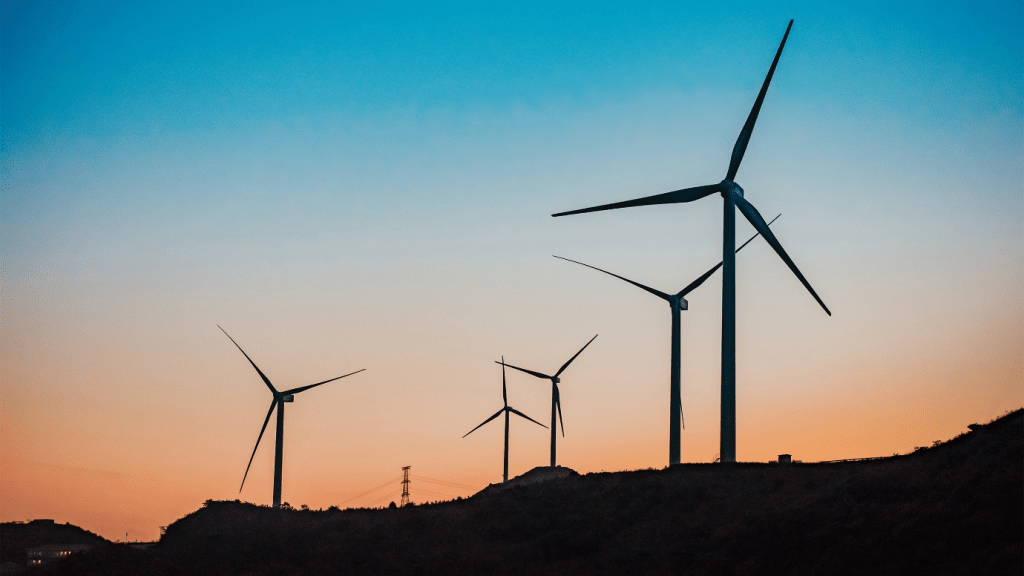
Canada Appeals for International Firefighting Aid
June 09, 2025: Canada has issued an international appeal for firefighting support as wildfires intensify across multiple provinces

April 7, 2022: -The wind energy sector had its second-best year in 2021. Still, installations will need to increase going forward to keep track of net-zero goals, according to a new report from the Global Wind Energy Council.
Capacity refers to the maximum amount of electrical installations can produce, not what they’re necessarily generating. Published Monday, the GWEC’s Global Wind Report 2022 said 93.6 gigawatts of capacity was installed last year, less than the 95.3 GW installed in 2020. The cumulative total grew to 837 GW.
The offshore wind segment installed 21.1 GW in 2021, its best-ever year. Installations in the onshore wind came in at 72.5 GW last year, against 88.4 GW in 2020.
According to the GWEC, whose members include firms like Vestas, Orsted, and Shell,34,34az, the main drivers of the decline in onshore installations were China and the U.S.
30.7 GW was installed in 2021 for China compared to over 50 GW in 2020; the GWEC cites the ending of the country’s feed-in tariff as the reason behind the drop.
First Solar slides after Bank of America downgrades stock to underperform
The U.S. has installed 12.7 GW of onshore capacity in 2021, a 4.16 GW decline compared to 2020. The GWEC pointed to “disruptions due to COVID-19 and supply chain issues,” which “slow down project construction execution from the 3rd quarter of 2021 onwards.”
We provide the insights on leaders who are responsible for taking their organization to new heights, all the while bringing together a group of talented individuals.

June 09, 2025: Canada has issued an international appeal for firefighting support as wildfires intensify across multiple provinces

May 27, 2025: Air Canada Cuts Five U.S. Routes for Winter 2025–26, Part of Broader Cross-Border Retrenchment

May 26, 2025: Trump Freezes $2.2B in Federal Grants to Harvard Over DEI, Threatens Tax-Exempt Status.

May 14, 2025: Microsoft has announced plans to reduce its global workforce by approximately 3%, affecting roughly 10,000 employees across multiple departments.

May 13, 2025: The Trump administration is considering suspending the constitutional right of habeas corpus in a bid to accelerate mass deportations.

April 29, 2025: Donald Trump’s second term has reached the 100-day mark under sustained public skepticism, with national approval ratings